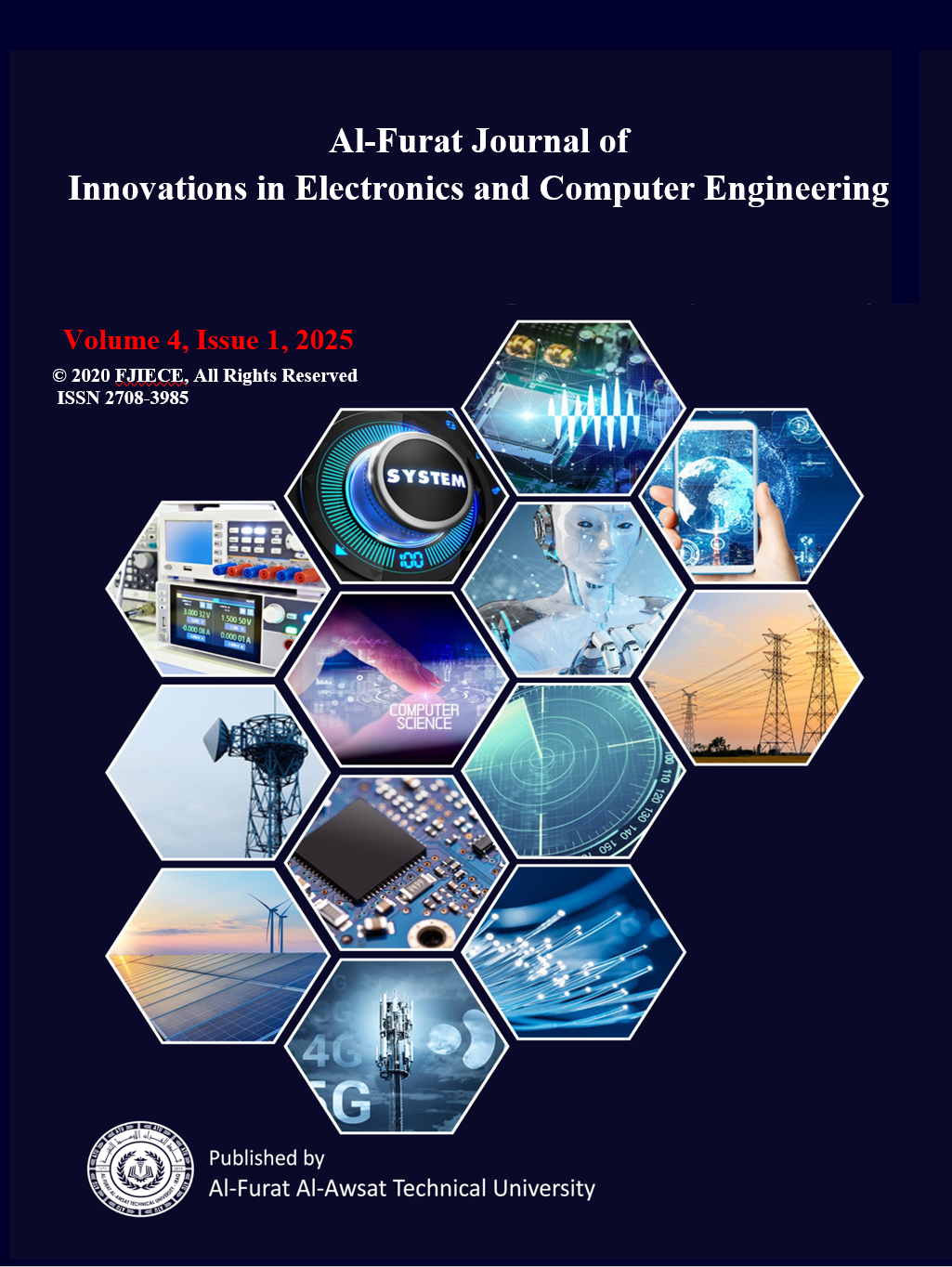An Intelligent Resource Allocation Approach in IOT Network Using the Kepler Optimization Algorithm
Keywords:
Internet of Things (IoT), Resource Allocation, Kepler Optimization Algorithm (KOA), Edge Computing, Energy Efficiency, Latency OptimizationAbstract
With the expansion of Internet of Things (IoT) technology, the ability to generate and transfer large volumes of data for users has become more widespread. By connecting to the IoT network, users can access resources and devices distributed across the network. However, as the number of connected devices and user requests grows, several challenges emerge, particularly in efficiently managing and allocating available resources to tasks.An optimal resource allocation algorithm should ensure tasks are executed fairly, efficiently, and in the shortest time possible. Beyond time efficiency, other critical factors must also be considered, such as maximizing the efficiency of available resources, minimizing energy consumption, and ensuring load balancing. These factors are essential when allocating resources in IoT networks.This paper introduces a method for resource allocation in IoT networks using the Kepler Optimization Algorithm (KOA). The proposed approach addresses challenges related to resource utilization, energy consumption, and load balancing by allocating tasks across edge and cloud resources. The algorithm ensures low latency and energy efficiency by leveraging the exploration and exploitation capabilities of KOA, inspired by Kepler's laws of planetary motion.In the proposed system, multiple resources and tasks with varying lengths are considered. The KOA-based algorithm allocates tasks to the most suitable resources based on a structure that draws an analogy between planetary motion parameters (such as mass, orbit, and gravity) and computational resources such as CPU, memory, and bandwidth. The decision-making process for allocating tasks between edge and cloud layers plays a significant role in ensuring optimal resource usage. Tasks requiring minimal latency are processed at the edge, while others are forwarded to the cloud for execution. If neither the edge nor the cloud can meet the required execution time, the task is rejected. This decision-making process is based on real-time evaluations of resource availability and latency constraints, ensuring the best possible outcome for task execution.Simulation results demonstrate that the proposed method outperforms traditional methods like Particle Swarm Optimization (PSO) and Gray Wolf Optimization (GWO), showing superior performance in energy efficiency, response time, and load balancing.





